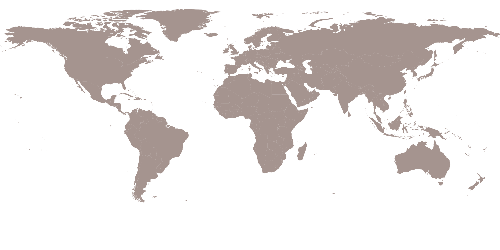Sustainable building design through passive measures
Passive techniques for energy efficiency are not isolated strategies, but linked to territorial, functional or constructive strategies. The project is located in a village with small scale buildings. That’s why the school is divided into five smaller volumes, reducing its scale. At the same time, this multiplies the façade, becoming a passive strategy to dissipate more heat, cooling the building. The school is organized around a central agora, a gathering space for the children, which promotes cross ventilation in each space, yet another passive cooling strategy. The pitched roof is the traditional roof of the area, collecting rainwater stored in a tank. Each volume has, on its upper side, a solar chimney to induce vertical air movement.
Efficient construction and operations
The use of local natural materials reduces the building’s carbon footprint, not only during its construction process but also throughout its lifetime. The main walls are built with ultra-local rammed earth. Earth from excavation is used, reducing waste and transport, while increasing thermal inertia and the hygroscopicity of the walls. The structure is built with local Pyrenees wood, a material which absorbs CO₂ during its lifetime. With its standardized sections and dimensions, wood allows prefabrication of the structure, reducing time and cost. Thermal insulation and interior partitions are made with cork from the nearby Les Gavarres forest, yet another CO₂-absorbing material. Tiles and ceramic elements are locally produced in La Bisbal.
Landscape & Biodiversity Integration
The forest school is the pedagogical basis of this school. The project guidelines manage the nearby forest, an outdoor classroom and source of resources: wood for heating comes from selective logging. It’s also a refuge for many animal species, such as rodents or migratory birds that stop there during their long journeys. The school has a big vegetable garden. Caring for it is part of the program, and to water these vegetables, a pond collects surface rainwater. All the proposed vegetation is native, consuming little water. It’s also used for natural comfort purposes; for example, around the central agora a pergola with a vine tree will cast a shadow in summer but not in winter when there are no leaves, allowing the winter sun to heat the interior.
Land use & Transformation
The school proposes a balanced ecosystem in terms of the building as a construction and in terms of the school as a social space. The school is understood as an ecosystem in balance, built between the village and the forest. The building adapts to the topographical difference that exists between the village, at the lower level, and the forest, at the upper level. The classrooms are intentionally located next to the forest, understanding nature as another outdoor classroom. The school is also a space for relationship and exchange with the village. A space where artists, writers, photographers, dancers, sculptors will coexist, who will share space with the children and open the doors to the participation of the citizens.










